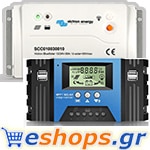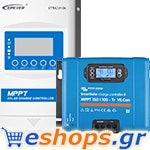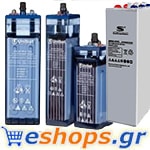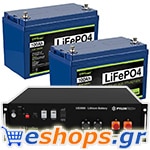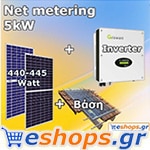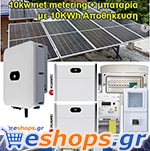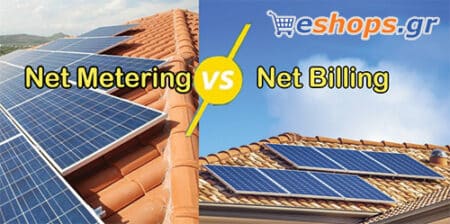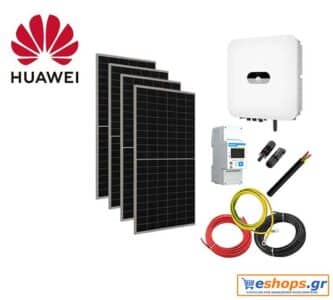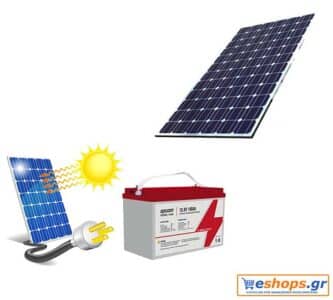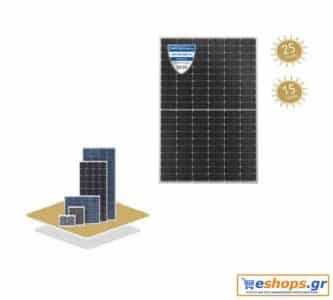Photovoltaics - What is an OPzV battery?
Photovoltaics - What is an OPzV battery? :
What is an OPzV battery? The Importance of the OPzV Battery:
OPzV stands for Ortsfest (fixed) PanZerplatte (tube sheet) Verschlossen (closed). Obviously this is a 2V solenoid plate battery structure similar to the OPzS battery, but with valve-adjustable vent plugs instead of open vent plugs. However, no lead-acid battery is really closed, so the V in the acronym is often thought to mean "Vented" instead of Verschlossen. With ventilation, this means it has a pressure relief valve that opens at an internal pressure of about 70 to 140 mbar.
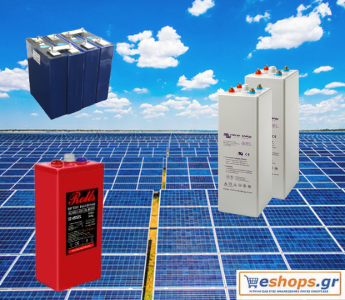
Photovoltaics - What is an OPzV battery?
OPzV and AGM batteries
In fact, it is a VRLA battery with a tubular panel structure, but uses a stable electrolyte to recombine hydrogen and oxygen. In this case, smoked silicon is used to immobilize the electrolyte to convert the liquid electrolyte to a solid gel.
This is in stark contrast to other series VRLA lead batteries, which use a very thin layer of fiberglass to absorb and hold the acid-like blotting paper. This range of batteries VRLA it is called AGM (Absorptive or Absorbed, Glass Mat). This glazing technique is based on uniform pressure on the surface of the carpet, otherwise the gas synthesis process would not work.
Therefore, it is not suitable for tubular positive plate structure and is only used on batteries with a flat positive plate design.
Two important characteristics of OPzV batteries are the tubular structure of the plate and the fixed one electrolyte (GEL). The tubular positive plate provides the PAM with the advantage of additional contact with acid through its round rather than flat shape, as shown. 1 It can be seen that the additional contact surface is about 15% compared to the corresponding flat plate.
Life of an OPzV battery:
This better use results in a higher energy density, while the glove firmly anchors the active material to the conductors to minimize cell resistance and prevent PAM rejection during deep loop operation.
His immobilization electrolyte in the OPzV battery has the dual advantage of allowing the battery to run in different directions without spilling, and also allows the gases produced by the electrolysis of water to recombine and prevent water loss. FIG. 2 is a standard installation in fixed applications. Battery storage on the side allows for a space-saving shelving system that allows easy access to the battery terminals for maintenance inspections.
Disadvantages of OPzV batteries
However, the two advantages also have some disadvantages: high in-depth lifespan is achieved in weight of high discharge speed or cold crank capacity, which are both significantly lower compared to AGM boards . Gas recombination is much slower than gas production. As a result, the charging process takes longer than a submerged battery, usually up to 15 hours.
It is clear that the design of OPzV batteries is best suited for applications where battery maintenance is difficult and requires frequent, perhaps periodic deep discharges and a long calendar and touring period. Due to the relatively low CCA performance, the discharge curve usually draws 0,2 C amp or less within a few hours. To be fair though, OPzV cells and batteries can provide intermittent, fairly high discharge currents of up to 2 C amp during normal operating cycles.
Charging time is usually 12 to 15 hours to charge the battery, limiting the amount of gas that can be produced during charging. This is achieved through limited voltage charging, usually 2,23 to 2,45 volts per cell. FIG. Figure 5 shows a typical charge curve for a OPzV battery. This reduces the amount of current that enters the battery, which increases the charging time. It is also an important factor when considering different battery markets and their functional profiles. Considering these factors, the most suitable applications for OPzV batteries are mainly heavy-duty and industrial.




